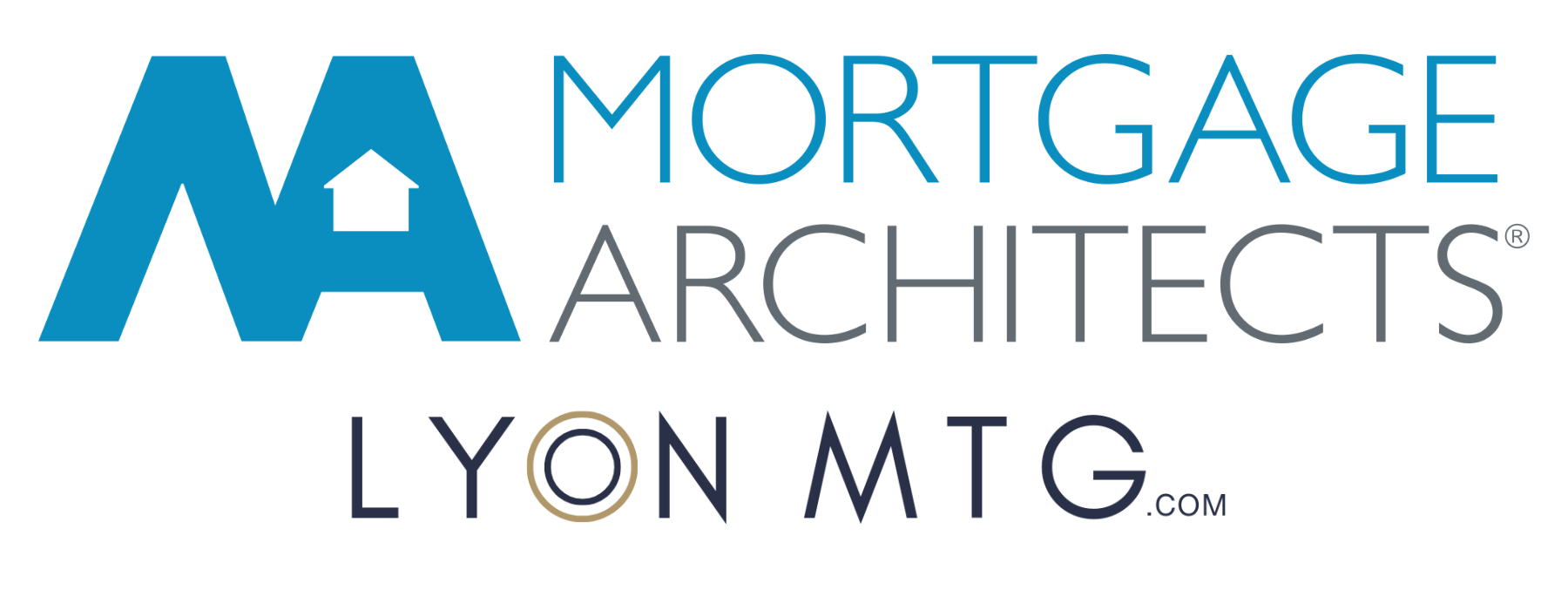How to Withdraw from Your FHSA for a Down Payment
The First Home Savings Account (FHSA) is a fantastic way to save for your down payment tax free. It’s easy enough to open one but where most people have questions is when it comes to the withdrawal.
Here’s a simple breakdown so you know exactly how to take money out of your FHSA tax-free for your first home.
What Is the First Home Savings Account (FHSA)?
The FHSA is a federal savings program designed to help Canadians buy their first home. It combines the tax advantages of both an RRSP and a TFSA:
- Contributions are tax-deductible (like an RRSP).
- Withdrawals (including investment growth) are tax-free when used for a qualifying home (like a TFSA).
Contribution limits:
- Up to $8,000 per year.
- Lifetime maximum of $40,000.
- Unused annual room carries forward (up to $8,000).
Couples can each have their own FHSA, effectively doubling the savings power.
How the Withdrawal Works
Step 1: Check Your Eligibility
- You must be a first-time homebuyer (neither you nor your spouse/common-law partner owned and lived in a home in the year of withdrawal or the previous four calendar years).
- You must have a written agreement to buy or build a qualifying home in Canada.
- You must intend to occupy the home as your principal residence within one year.
Step 2: Complete the CRA Form
- Use Form RC725 – Request to Make a Qualifying Withdrawal from your FHSA.
- One form is required for each institution if you have multiple FHSAs.
Step 3: Submit the Form to Your Financial Institution
- Your FHSA provider will review the form and process your withdrawal.
- Funds must be paid directly to you (not to a third party).
Step 4: Receive the Funds
- Once approved, money is typically deposited into your account within a few business days.
- Plan ahead so funds are available well before your closing date.
When Should You Start the Withdrawal?
Timing matters:
- You can only withdraw after your offer has been accepted.
- Ideally, wait until after subject removal in case you don’t end up removing subjects.
- If the funds are needed for the deposit or you have a very quick closing, you can request the withdrawal before subject removal — just make sure you’re comfortable with that risk.
- As a rule of thumb, start the process at least 5–7 business days before you need the money.
Important Considerations
- 15-year limit: You must use the FHSA within 15 years of opening it (or by the year you turn 71). Otherwise, funds must be transferred to an RRSP/RRIF or withdrawn (and taxed).
- Eligible uses only: Withdrawals must be for a qualifying home purchase. If you withdraw for another purpose, it becomes taxable income.
- Plan your timing: Processing can take a few days. Start early to avoid closing delays.
Quick Summary
- FHSA = tax-deductible contributions + tax-free withdrawals for a first home.
- Withdrawals require Form RC725 and a written purchase/building agreement.
- Up to $40,000 per person can be contributed.
- Must be used within 15 years (or by age 71).
- Can be combined with RRSP HBP for maximum savings.
Need help with your mortgage? Book a consultation or call 778-988-8409.
Glossary
- FHSA (First Home Savings Account): A federal savings program allowing tax-deductible contributions and tax-free withdrawals for a first home purchase.
- Form RC725: The CRA form required to make a qualifying FHSA withdrawal.
- Home Buyers’ Plan (HBP): A separate program that lets first-time buyers withdraw up to $60,000 from their RRSP tax-free for a home purchase.





